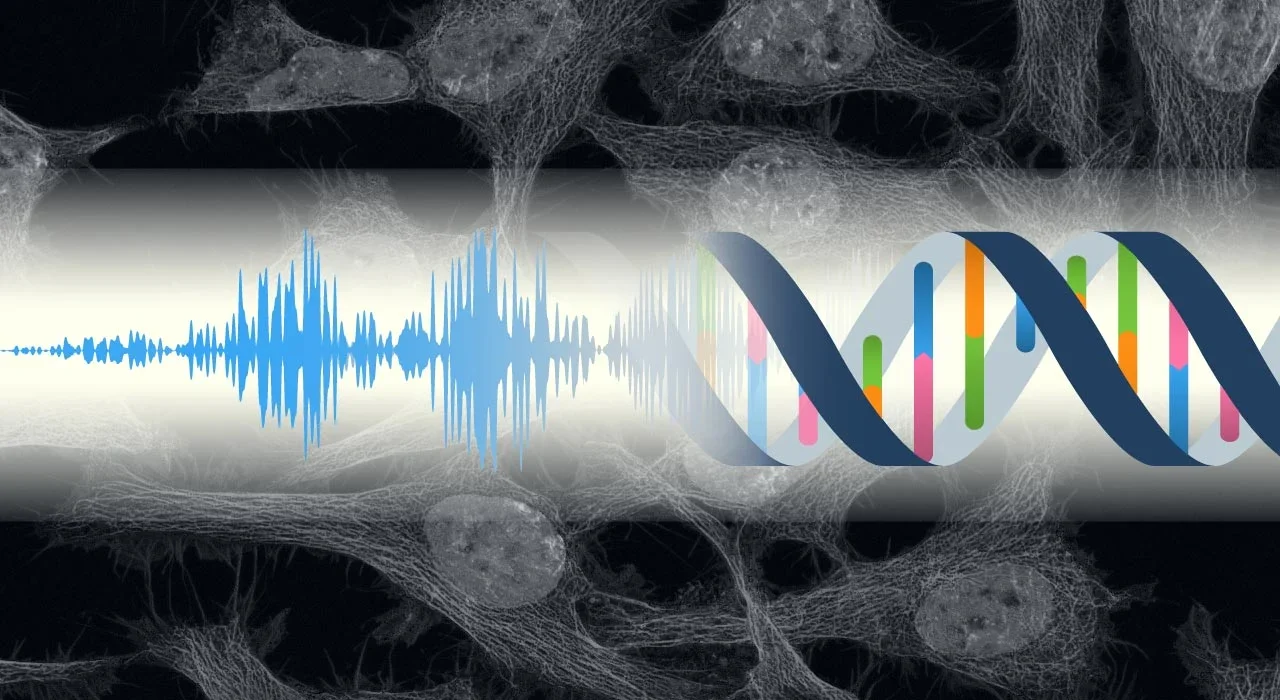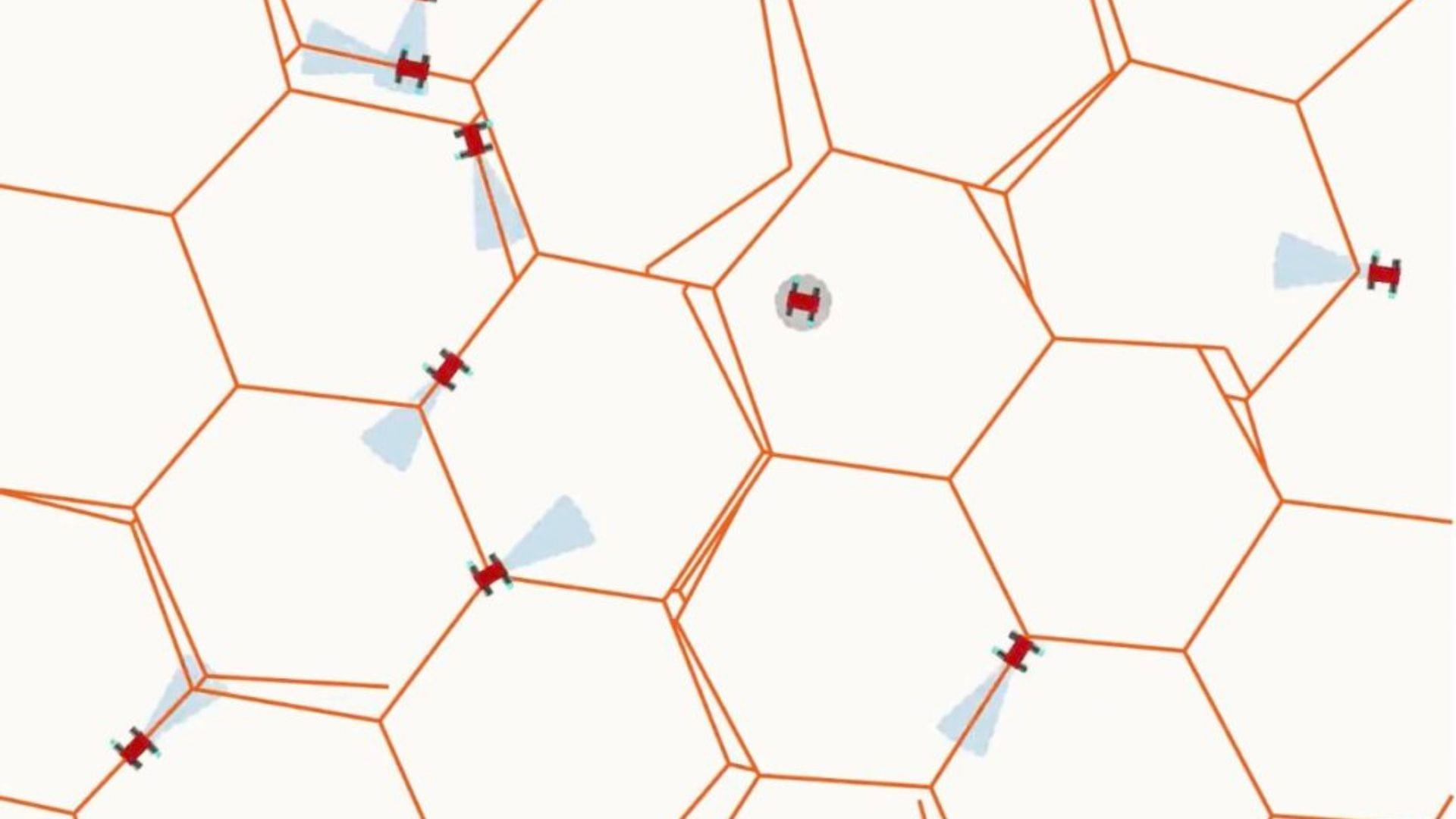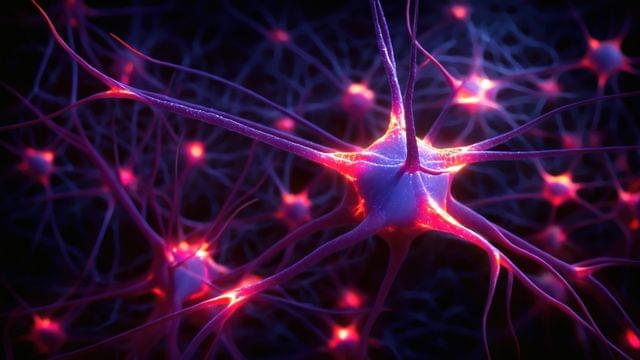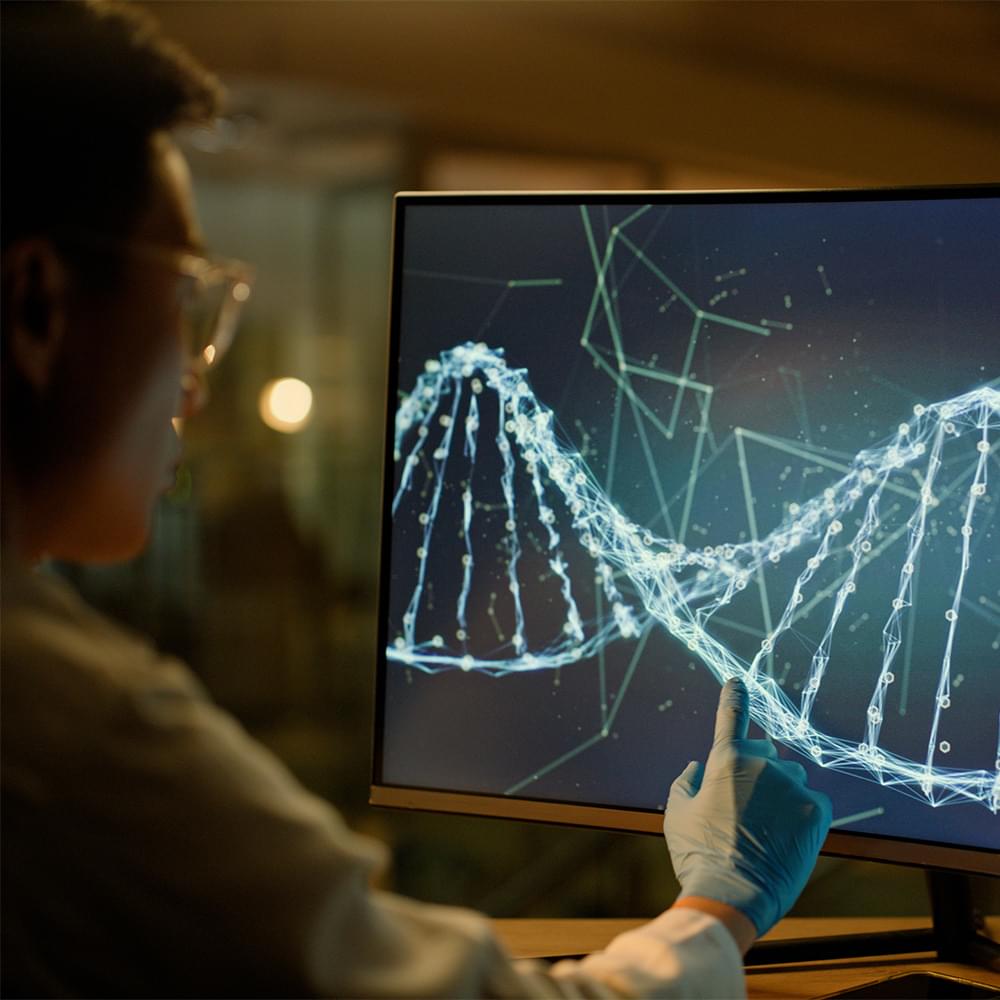Sound doesn’t just reach your ears. New research shows sound waves can change gene activity and cell behavior deep inside your body.
Inspired by insects, these robots follow local cues like turns and distance to build honeycomb patterns that resist failure.
Want to know more? See our corrisponding Substack episode. We’re living through the largest uncontrolled experiment on human cognition in history, and most people don’t even know they’re subjects. While the world moved on from pandemic panic t…
A new study has identified how a common brain parasite, Toxoplasma gondii, significantly disrupts brain function by affecting the number of extracellular vesicles (EVs) released by neurons.
With more code created by AI, there is more surface area to troubleshoot. There is a need for AI to autonomously troubleshoot, mediate and even prevent complex incidents at scale—self-healing codegen.
Lovefrom, the creative firm founded by former Apple chief designer Jony Ive, played a role in the development of Rivian’s first electric bike, according to multiple sources who spoke to TechCrunch.
A gene-editing delivery system developed by UT Southwestern Medical Center researchers simultaneously targeted the liver and lungs of a preclinical model of a rare genetic disease known as alpha-1 antitrypsin deficiency (AATD), significantly improving symptoms for months after a single treatment, a new study shows.
Reciprocal signaling between intracellular lysosomes and the extracellular matrix supports brain health.
A gene-editing delivery system developed by UT Southwestern Medical Center researchers simultaneously targeted the liver and lungs of a preclinical model of a rare genetic disease known as alpha-1 antitrypsin deficiency (AATD), significantly improving symptoms for months after a single treatment, a new study shows. The findings, published in Nature Biotechnology, could lead to new therapies for a variety of genetic diseases that affect multiple organs.
“Multi-organ diseases may need to be treated in more than one place. The development of multi-organ-targeted therapeutics opens the door to realizing those opportunities for this and other diseases,” said study leader Daniel Siegwart, Ph.D., Professor of Biomedical Engineering, Biochemistry, and in the Harold C. Simmons Comprehensive Cancer Center at UT Southwestern.
Gene editing—a group of technologies designed to correct disease-causing mutations in the genome—has the potential to revolutionize medicine, Dr. Siegwart explained. Targeting these technologies to specific organs, tissues, or cell populations will be necessary to effectively and safely treat patients.
Inspired by naturally occurring air bubbles in glaciers, researchers have developed a method to encode messages in ice.









